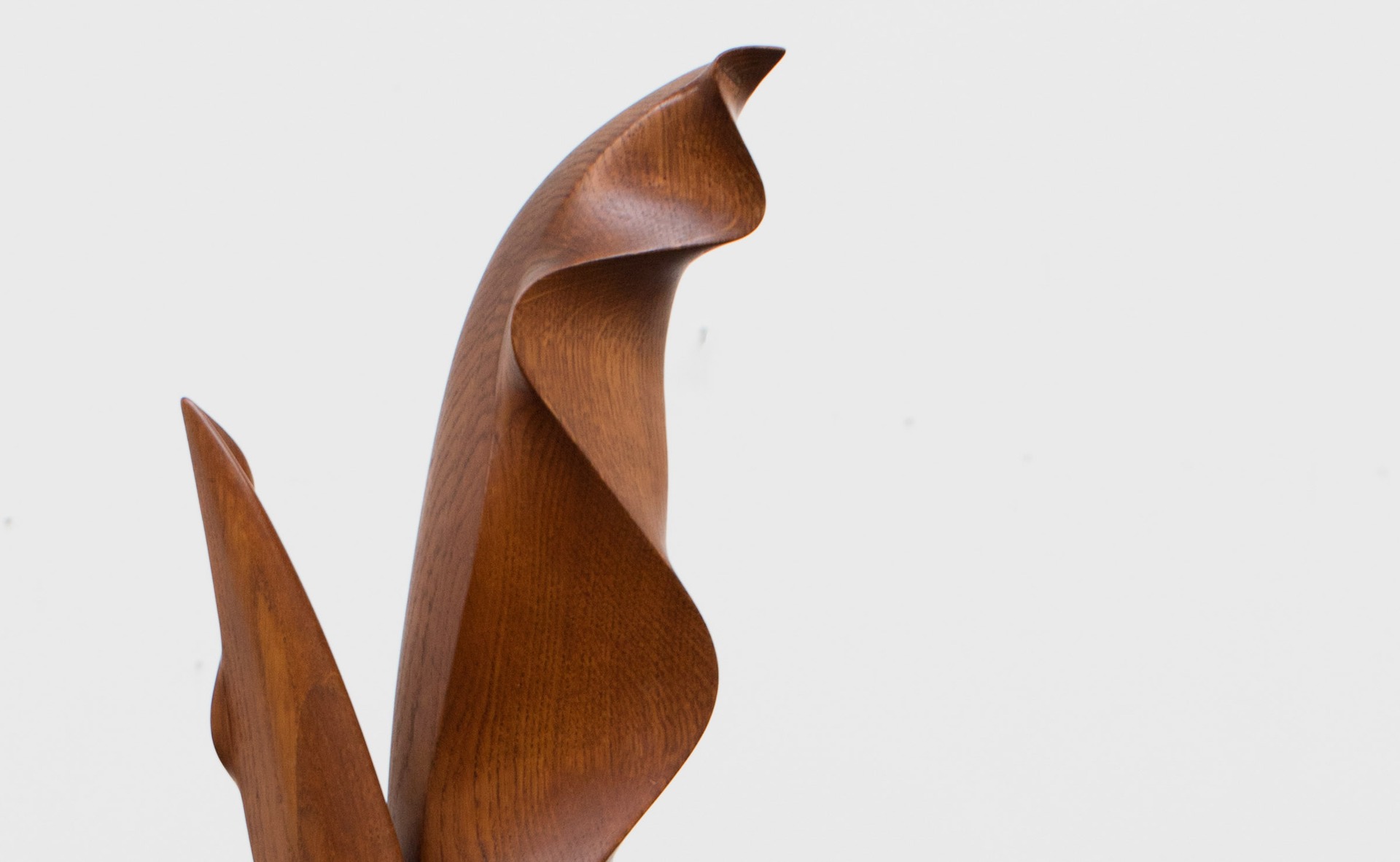
Hungarian Avant-Garde
Hungarian Avant-garde is a collective term for a phase in Hungarian art around the 1920s. It was definitely a flourishing period, which included a large number of extraordinary artistic talents. The Hungarian avant-garde did not consist of a closed group but of several groups like the magazine “MA” (meaning: “Today”) around Lajos Kassák and Sandor Bortnyik. Kassák invented the term “pictorial architecture” and was also famous as an art theoretician and writer. Laszlo Péri, who was mainly active in England, developed his “spatial construction” with a revolutionary concrete technique – it can be seen as the predecessor of the “shaped canvas”. Many of these artists were influential in the art metropolises of that time. Vilmos Huszar at “der Stijl”, Alfred Forbat at the Bauhaus, Henri Nouveau at the “Sturm” in Berlin and Etienne and Anne Béothy in Paris. Laszlo Moholy-Nagy is certainly the artist with the most international fame. In the exhibition of 1976 at gallery von Bartha Lajos Ebneth, Jenö Gabor, Bela Kadar, Anton Prinner, Alffred Reth and Hugo Scheiber were also among the artists featured.
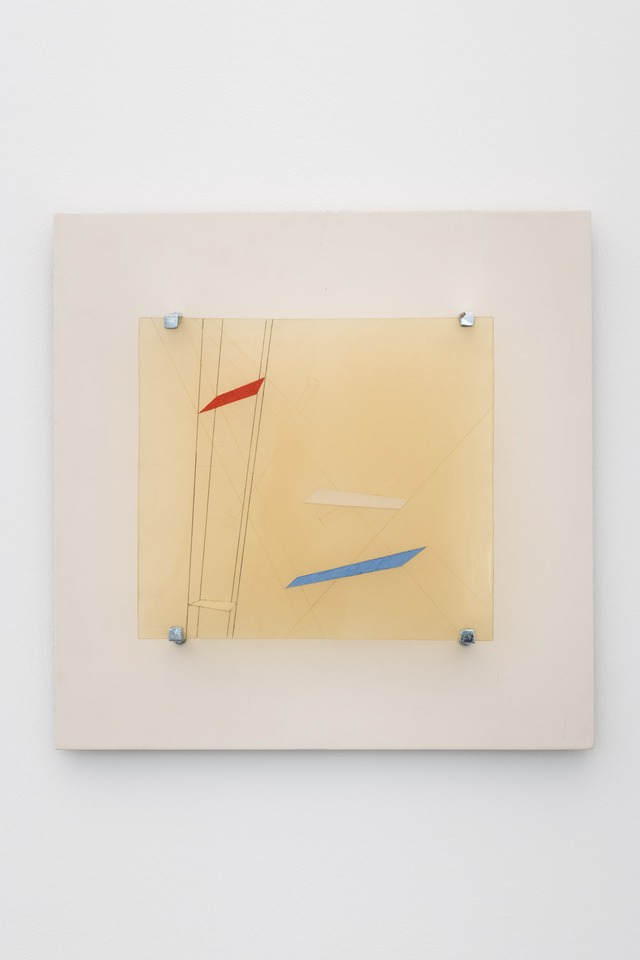
László Moholy-Nagy
Construction, 1935
Galalith on wooden plate
Galalith: 30 x 33 cm / 11 3/4 x 13 in
Wooden plate: 51 x 51 cm / 20 1/8 x 20 1/8 in
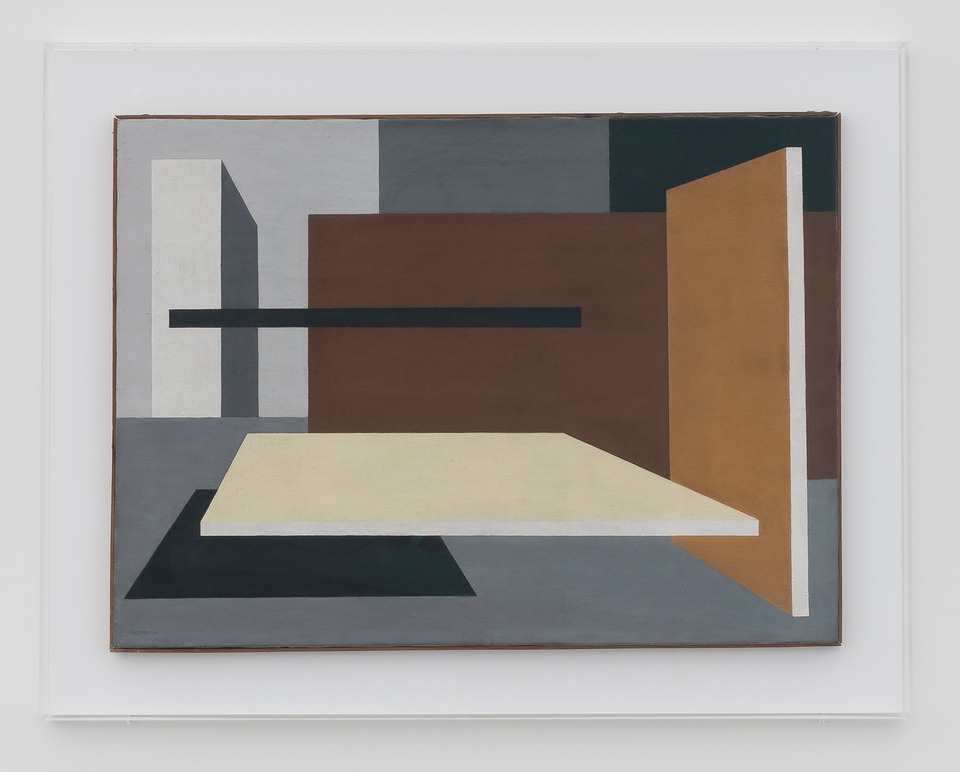
Sándor Bortnyik
Bildarchitektur, 1924
Oil on canvas
54 x 74 cm (unframed)
70 x 89.5 cm (framed)
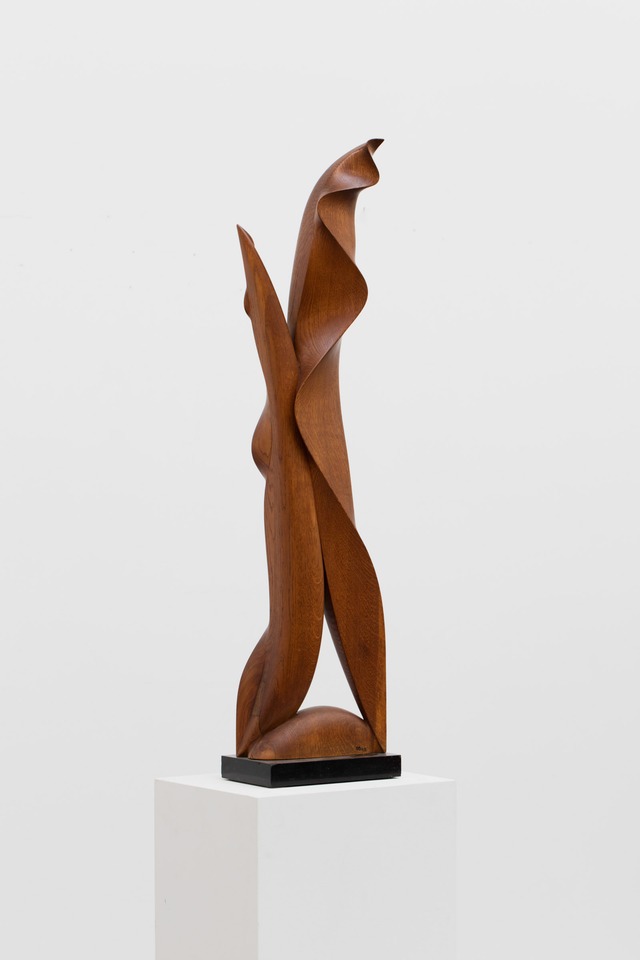
Etienne Béothy
*Nostalgie *, 1948
Wood
112 x 26,5 x 9,5 cm
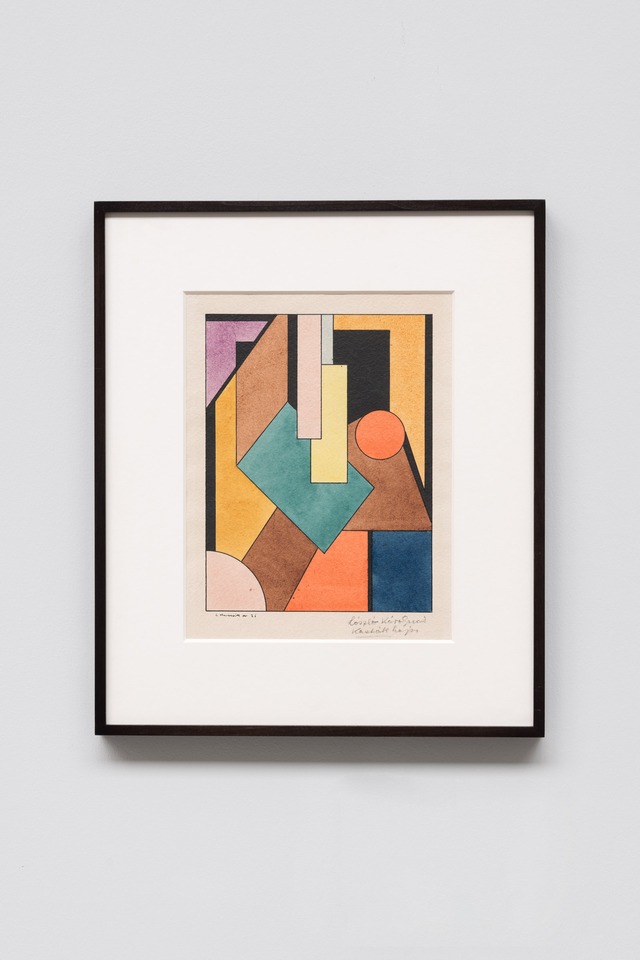
Lajos Kassák
Untitled, 1921
Watercolour and ink on paper
31.5 x 26 cm (unframed)
47 x 39.5 cm (framed)
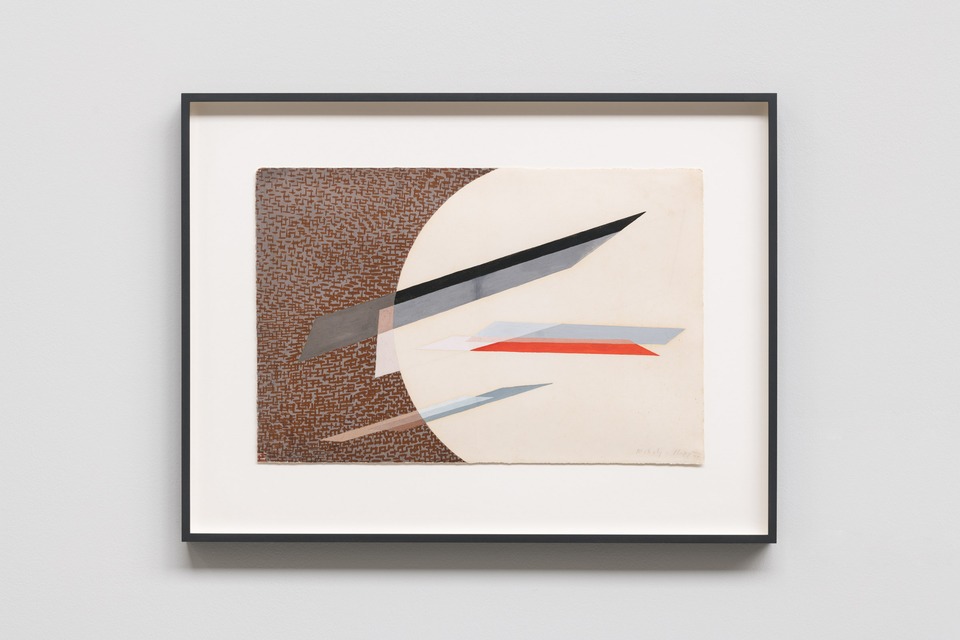
László Moholy-Nagy
Komposition, 1935
Gouache on paper
34 x 52 cm, framed 52 x 56 cm